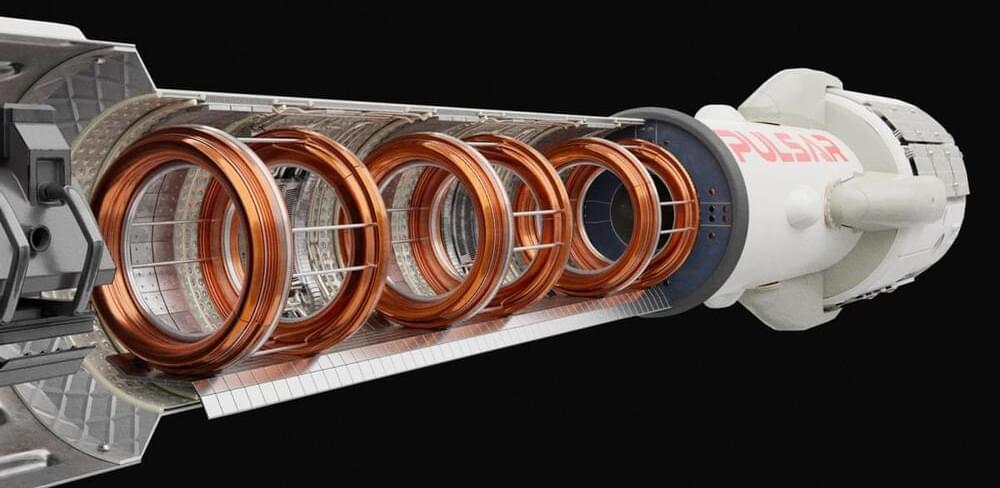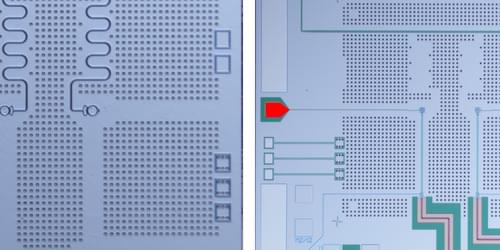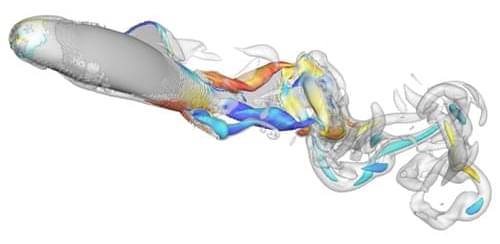Measurements conducted over an unprecedented span of conditions uncover universal behavior, but not the kind that theorists expected.
Turbulence is a mesmerizing, chaotic state of fluid motion. It occurs in natural and artificial settings whenever the Reynolds number (quantifying the relative size of inertial to viscous forces in the flow) is large. Through nonlinear coupling, kinetic energy cascades from large scales to ever smaller scales (Fig. 1) until it is dissipated by viscous effects. The fluctuations excited during this process play a crucial role in a diverse range of problems, including planetesimal formation [1], rain initiation in clouds [2], and heat transport within oceans [3]. Remarkably, a new experimental study by Christian Küchler of the Max Planck Institute for Dynamics and Self-Organization in Germany and co-workers provides compelling evidence that current theoretical models for how the fluctuations are distributed across the scales are missing some important ingredients [4].
Turbulent flows are complex. Quantitative predictions of their properties that are derived directly from the Navier-Stokes equation, without ad hoc assumptions, are accordingly scarce. Most theoretical approaches have perforce been phenomenological, the most famous being Andrey Kolmogorov’s groundbreaking 1941 theory, nicknamed K41 [5]. This mean-field theory assumes that the multiscale properties of the turbulent fluctuations are governed by the average cascade of kinetic energy passing through the scales and by the fluid viscosity. In K41 Kolmogorov went on to propose the existence of an inertial range, which corresponds to an intermediate range of scales over which viscous forces could be ignored relative to inertial forces and where the details of the large-scale forcing are unimportant.









